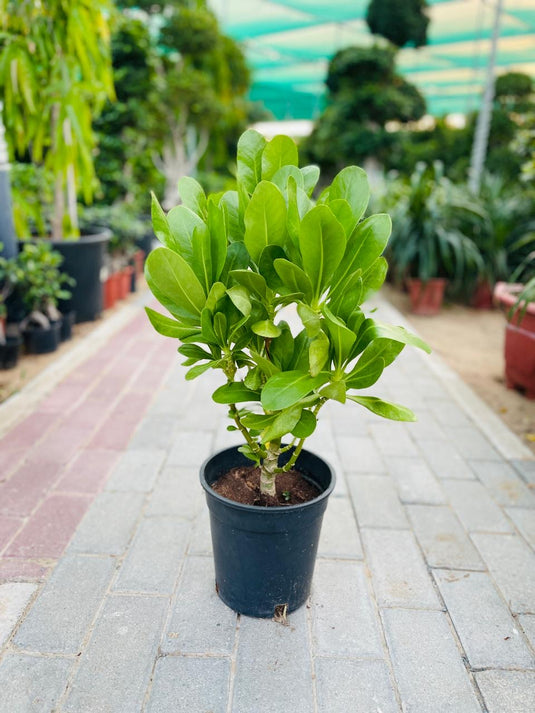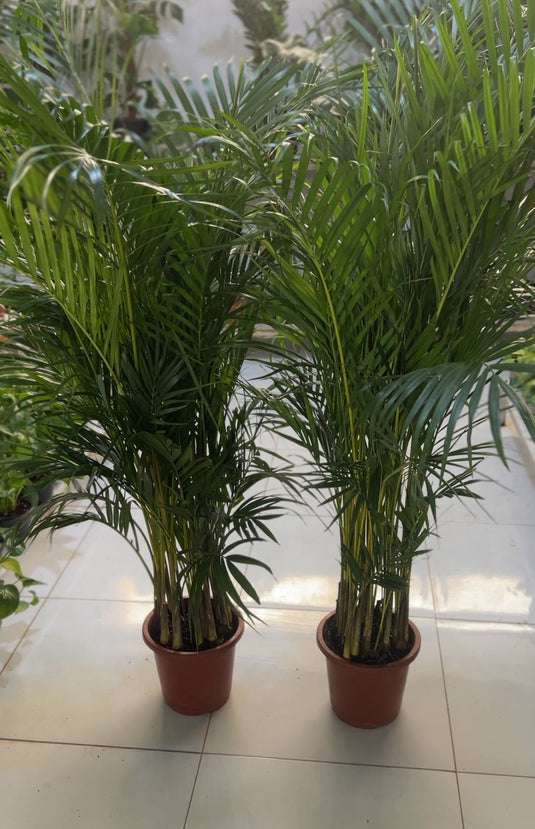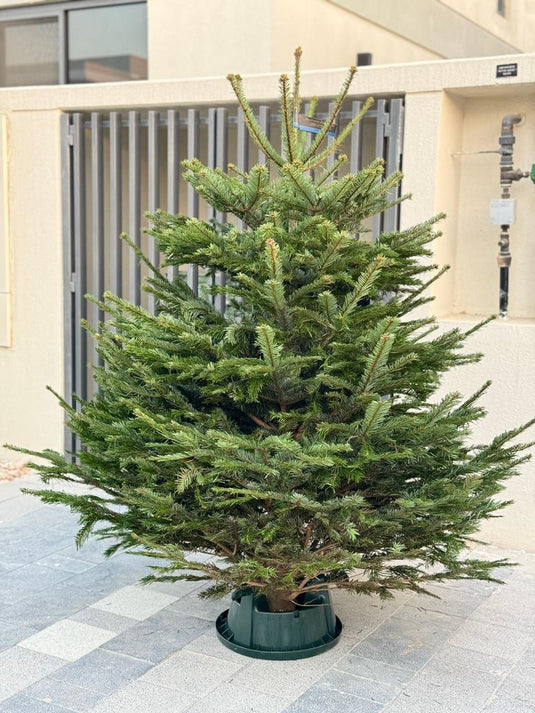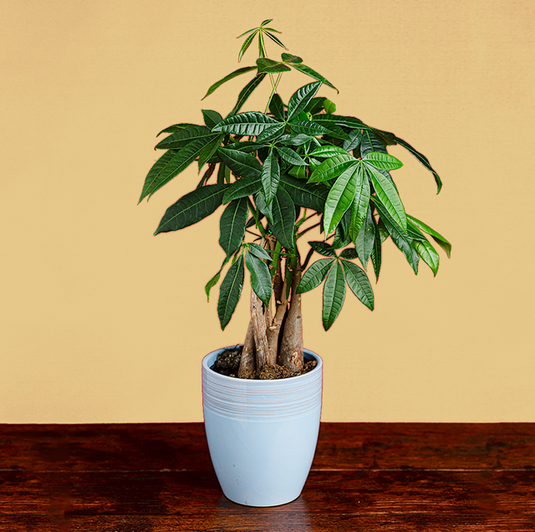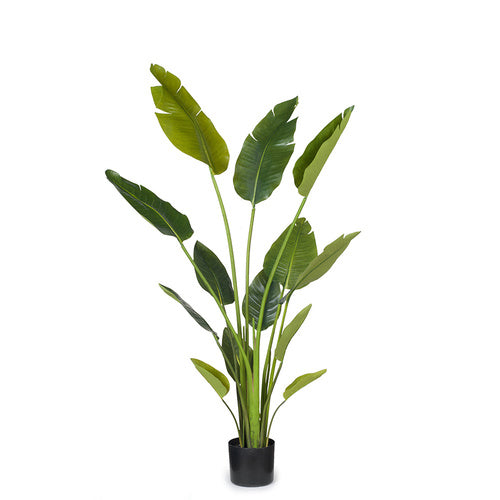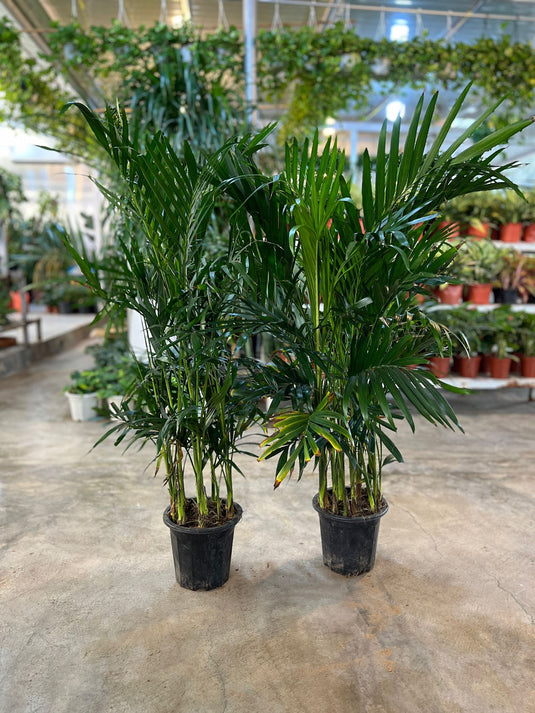Scaevola Plant
- Healthy Arrival Guarantee
- Free Plant Care Consultation
- Safe & Secure Payment

We will send you a notification as soon as this product is available again.
-
Estimated delivery: Dec 07 - Dec 11
-
Free return within 7 days of purchase.
Plant Description
The Scaevola plant, commonly known as the fan flower. It is characterized by its unique, fan-shaped flowers that come in various colors, primarily blue and purple. The global market for ornamental plants, including the Scaevola plant, is expected to reach approximately $60 billion by 2030.
5 amazing health Benefits of Scaevola Plant
1. Drought Tolerance
Scaevola plants are highly drought-tolerant, making them suitable for arid and semi-arid environments. Research indicates that these plants can thrive with minimal water, which is beneficial for sustainable landscaping (Journal of Horticulture, 2021).
2. Attractive Ground Cover
Scaevola serves as an excellent ground cover due to its dense growth habit and vibrant flowers. Studies show that using Scaevola in landscaping can reduce soil erosion and improve aesthetic appeal (Landscape Ecology, 2019).
3. Pollinator Friendly
Scaevola flowers attract a variety of pollinators, including bees and butterflies. According to research published in Biodiversity and Conservation, incorporating Scaevola in gardens can enhance local biodiversity (Biodiversity and Conservation, 2020).
4. Low Maintenance
This plant requires minimal maintenance, making it ideal for both novice and experienced gardeners. Research indicates that Scaevola can withstand poor soil conditions and does not need frequent pruning or fertilization (HortScience, 2022).
5. Versatile Uses
Scaevola can be used in various landscaping applications, such as borders, hanging baskets, and containers. Studies suggest its adaptability to different environments contributes to its popularity in garden design (International Journal of Landscape Architecture, 2023).
Disadvantages
· Scaevola is less tolerant of frost, which may restrict its growth in colder climates.
· Given its vigorous growth, Scaevola may require occasional thinning to maintain desired aesthetics in the garden.
· While generally hardy, Scaevola can be susceptible to certain pests, requiring monitoring for effective management.
· Optimal growth may depend on well-draining soil, which could necessitate soil amendments in some regions.
Frequently Asked Questions
1. Is the Scaevola plant drought-tolerant?
Yes, the Scaevola plant is highly drought-tolerant and thrives with minimal water.
2. Does Scaevola attract pollinators?
Yes, Scaevola flowers attract bees and butterflies, enhancing local biodiversity.
3. Is Scaevola a low-maintenance plant?
Yes, Scaevola requires minimal maintenance and is suitable for novice gardeners.
4. Can Scaevola be used as ground cover?
Yes, Scaevola is effective as ground cover and helps reduce soil erosion.
5. Is Scaevola frost-tolerant?
No, Scaevola is less tolerant of frost and may not thrive in colder climates.
Final Verdict: Should I Buy a Scaevola Plant?
Yes, purchasing a Scaevola plant is a valuable choice for gardeners seeking low-maintenance, drought-tolerant options that enhance biodiversity and visual appeal.
Plant Care
Watering
Water your plant once a week or when the soil starts to feel slightly dry on the surface. Keep the soil consistently moist, but be careful not to overwater, as this can cause brown spots and leaf drop. If the leaves become curly or dry, it's a sign that the plant needs water. It's best to water your plant in the early morning or late evening when the temperatures are cooler. Always check the soil before watering.
Light
Provide bright indoor light or indirect sunlight for about 6 to 8 hours a day.
Temperature
Maintain temperatures between 18°C and 24°C. Avoid exposing the plant to drafts, as these can cause undesirable temperature fluctuations. Mist the plant occasionally, about twice a week, to help maintain optimal humidity levels.
Fertilizer
Apply liquid fertiliser every 15 days when the plant is actively growing. For best results, use Folikraft ready-to-use Indoor Plant Food.
